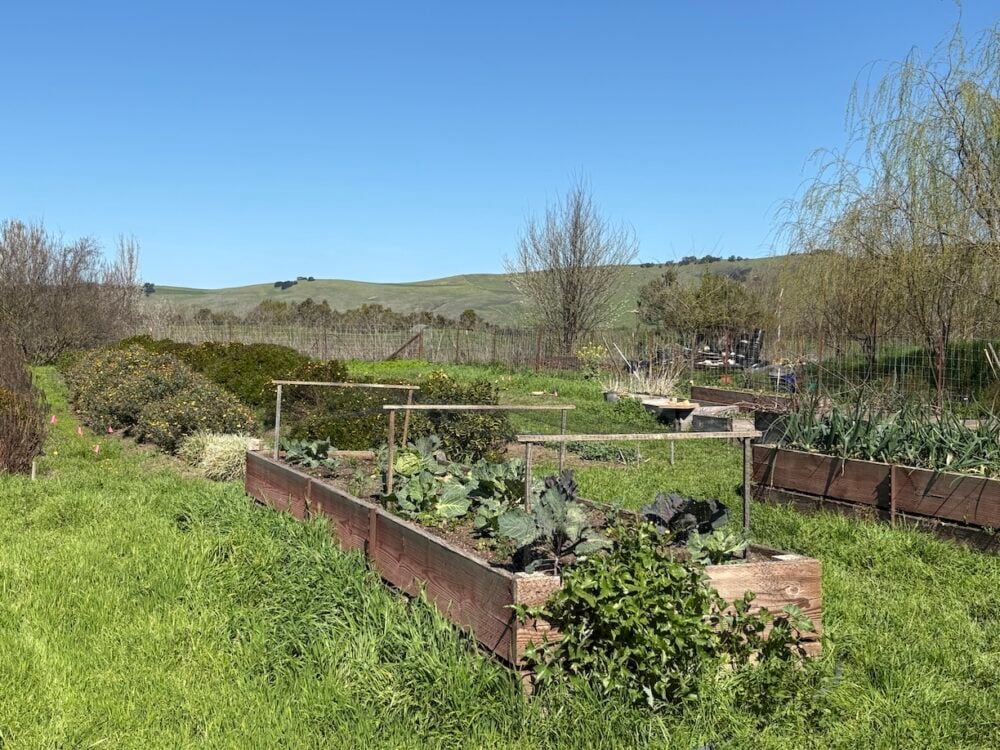
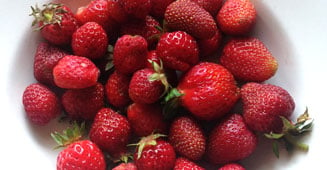
Contributor
- Topics: Archive, Inspired Gardens & Design

Food, how it’s grown and where it’s grown, is an issue that affects us all. Like many of you, I began my garden life in the vegetable patch before moving on to what many consider to be the “higher” horticultural arts.
But with every growing season, it’s edibles that lure me back to my first pleasures—and flavors—in the landscape. Along with blooming bulbs and a carpet of blue bellflowers, rhubarb, peas, and sweet lettuce signal spring to me. I can’t always get my friends and family excited about the latest blooming species tulip, but I sure have their attention when the strawberries are ripe.
This issue is bursting with stories about delicious, nutritious, and beautiful food. And all that food begins in a garden. Read about perry, an heirloom pear, and pomegranates; they all have their roots in history yet still deliver delight today.
Urban farms are showing up in backyards, on campus, and even on a rooftop in downtown San Francisco. I guess you could say they’re enjoying a day in the sun. More than simply healthy seasonal produce, these charismatic landscapes are becoming a gathering place for the neighborhood or a magical childhood playground. The result is a community that’s nurturing the next generation of growers and consumers who care about the land.
And finally, we’re learning how to create conditions in our gardens that nourish wildlife and soil microbes alike. Change is afoot. Don’t miss the second in our Water Sensitive Landscape Design series: “The Big Shift.” But please, don’t eat the campanulas.
Share:
Social Media
Garden Futurist Podcast
Most Popular
Videos
Topics
Related Posts
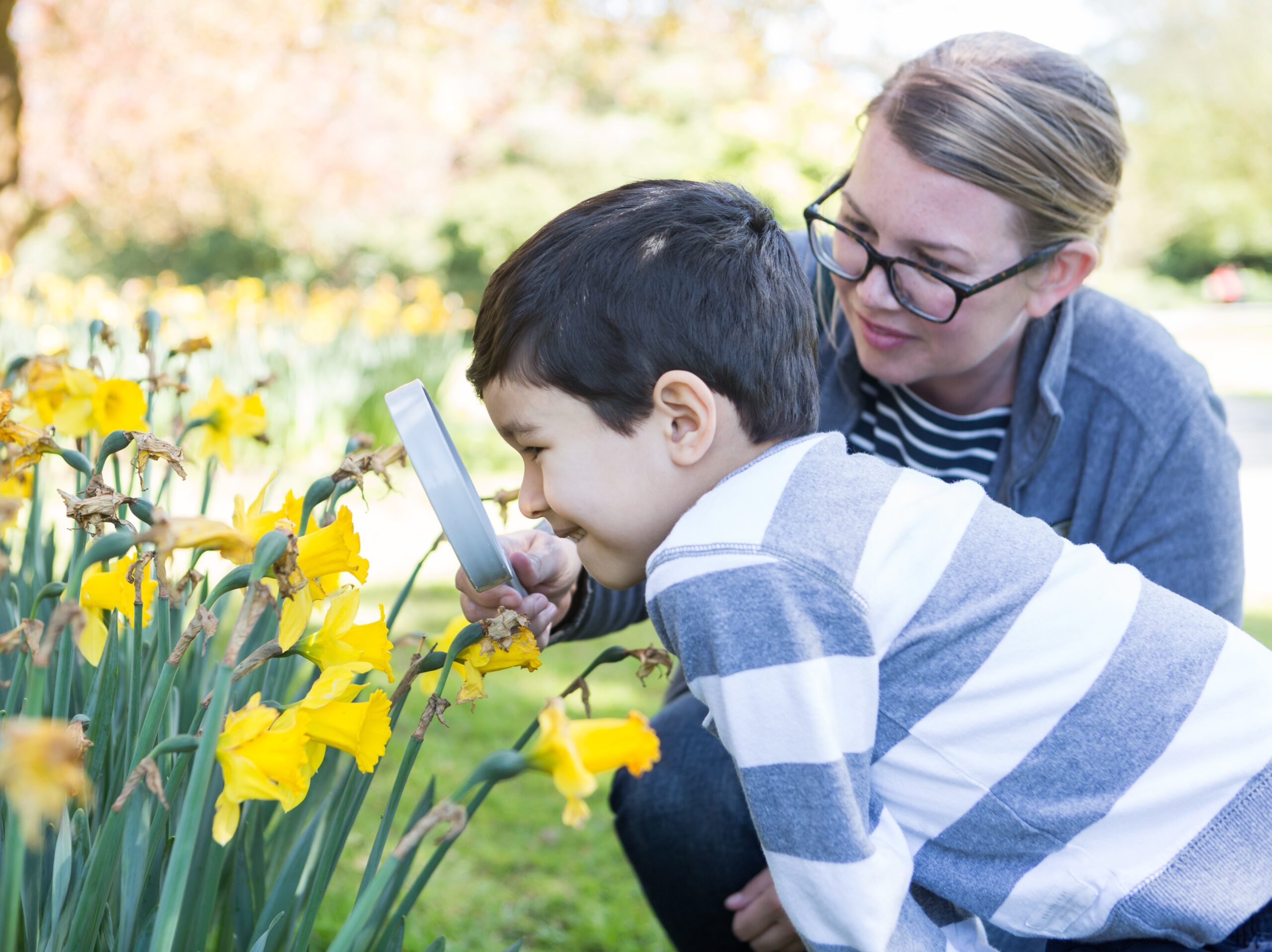
January Showers Bring February flowers…
Fall 2022 It may not quite have the same ring to it as the old English proverb, but it has a lot more truth to
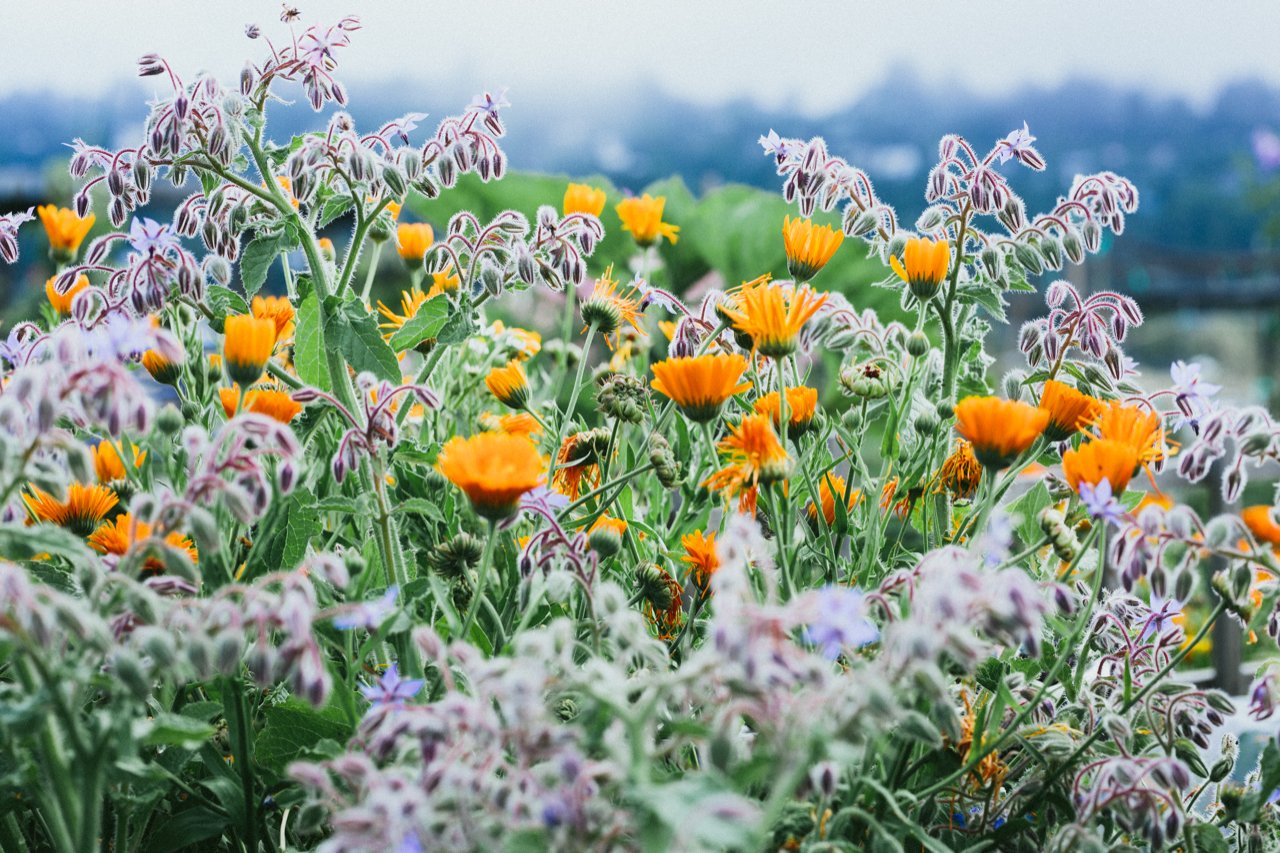
Healing Gardens
Spring 2022 Emily Murphy believes gardens hold the key to saving our health, our communities, and our planet. In her new book Grow Now Murphy
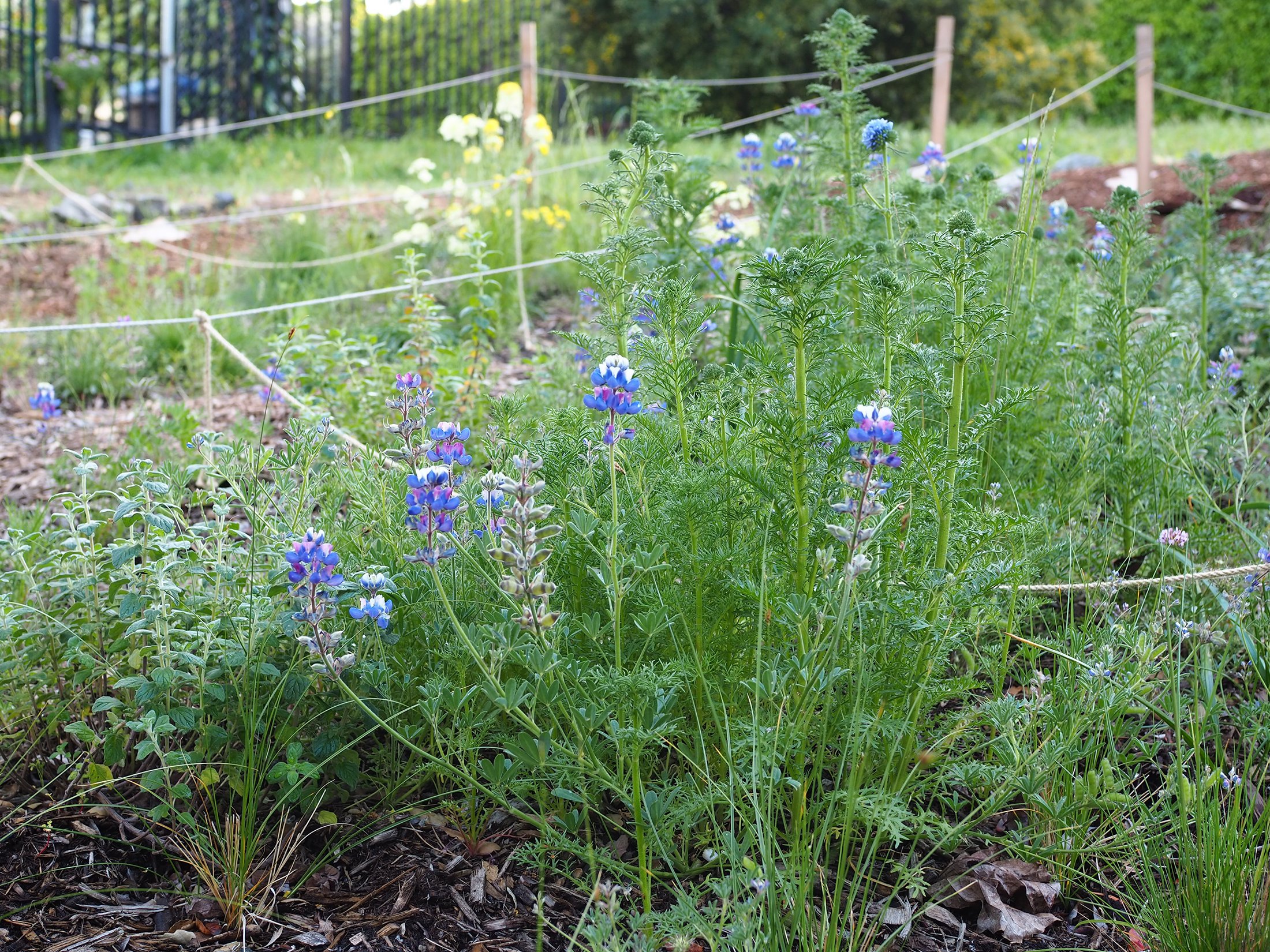
Your Keystone Plant Matrix with Garden Futurist Doug Tallamy
Spring 2022 Listen to the full Garden Futurist: Episode XIV podcast here. If you take Keystone plants out of your local food web, the food
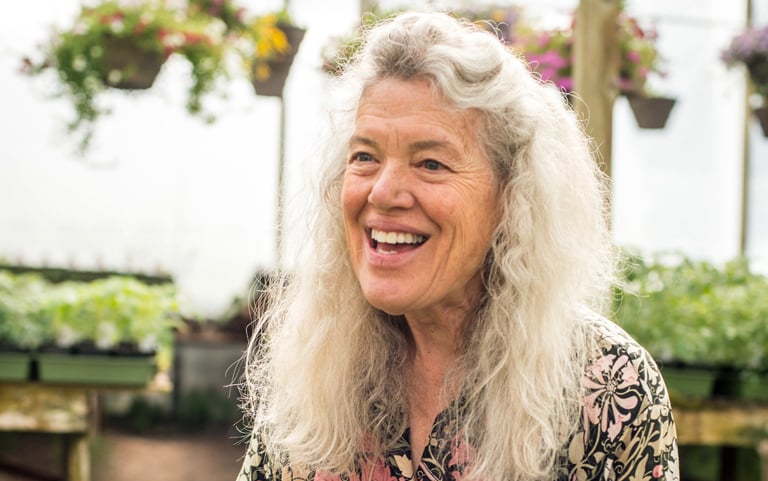
A Botanical Force
Listening to Alice Doyle recount the origin stories of Log House Plants’ most popular introductions, educational campaigns, and innovative collections is a great way to





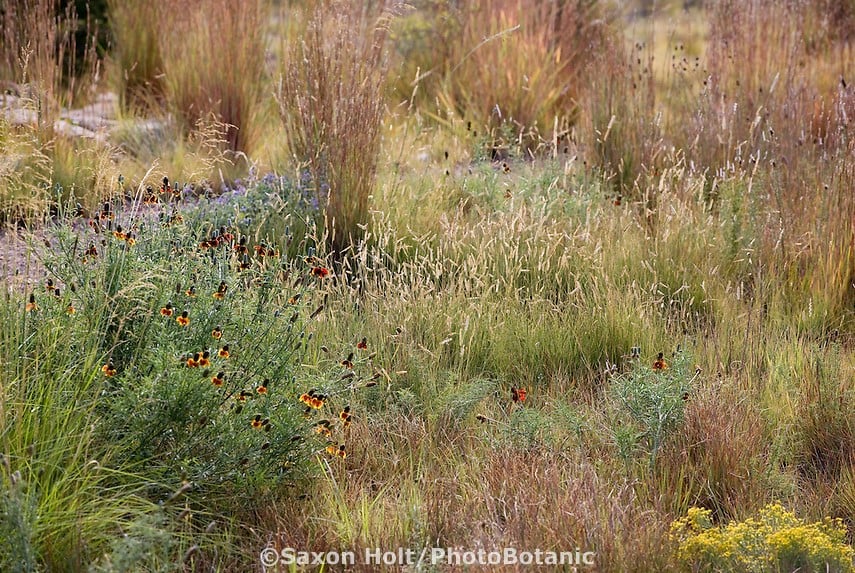

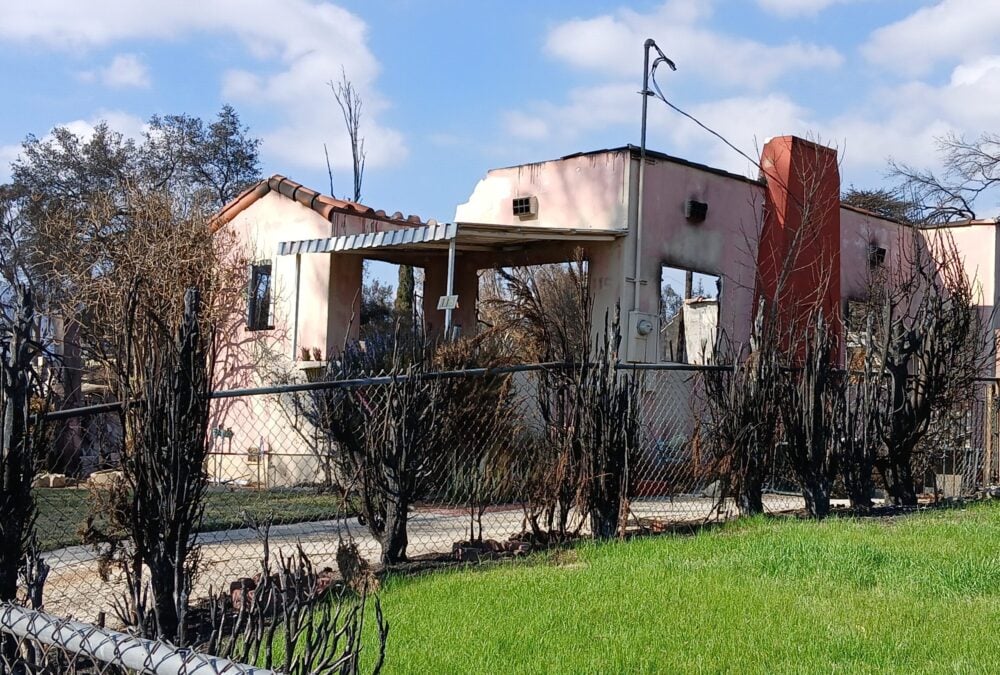



Responses